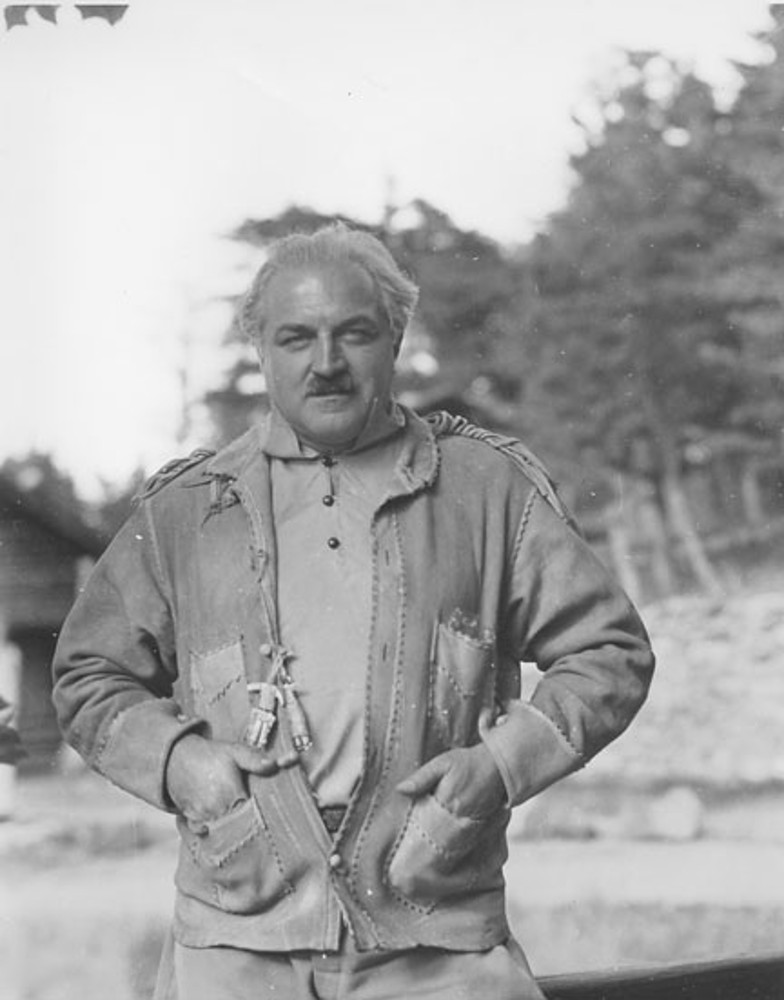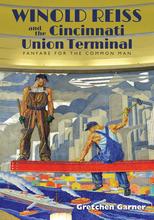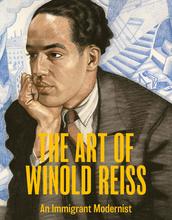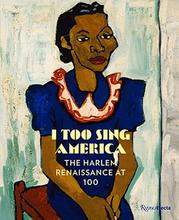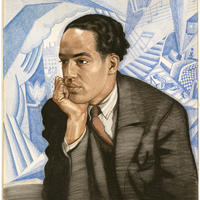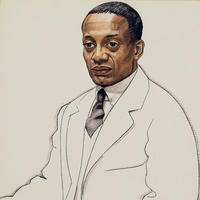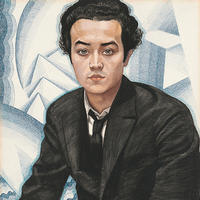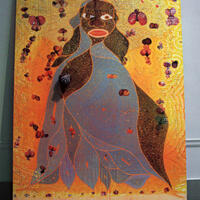More about Winold Reiss
- All
- Info
- Shop
Works by Winold Reiss

Sr. Contributor
Winold Reiss was a portraitist of the people, a man who never lost his love of the open road.
Reiss spent his childhood traveling through Germany with his portrait painter father, who painted peasants. Reiss inherited his father’s wanderlust and love of the “little guy.” He came to America in 1913, chasing a spaghetti western fantasy of the virgin West.
In the USA, Reiss found his niche among America’s rejects. He made the "noble savage" chic, with his stylishly romantic, Art Deco renderings of racially diverse underdogs. Native Americans were his favorite subjects and the Blackfoot tribes spread his ashes at Glacier National Park when he died.
He also rubbed elbows with the African-American intellectual giants of the Harlem Renaissance, and just about anybody who couldn’t get into your WASP granny’s country club. Among his subjects were W.E.B. Du Bois, Langston Hughes, Alain Leroy Locke and Zora Neale Hurston.
His axiom was that a portrait artist could only find interesting subjects by traveling, a theory proven true by the variety and scope of his life's work.
Featured Content
Here is what Wikipedia says about Winold Reiss
Winold Reiss (September 16, 1886 – August 23, 1953) was a German-born American artist and graphic designer. He was born in Karlsruhe, Germany.
In 1913 he immigrated to the United States, where he was able to follow his interest in Native Americans. In 1920 he went West for the first time, working for a lengthy period on the Blackfeet Reservation. Over the years Reiss painted more than 250 works depicting Native Americans. These paintings by Reiss became known more widely beginning in the 1920 and to the 1950s, when the Great Northern Railway commissioned Reiss to do paintings of the Blackfeet which were then distributed widely as lithographed reproductions on Great Northern calendars.
Check out the full Wikipedia article about Winold Reiss

